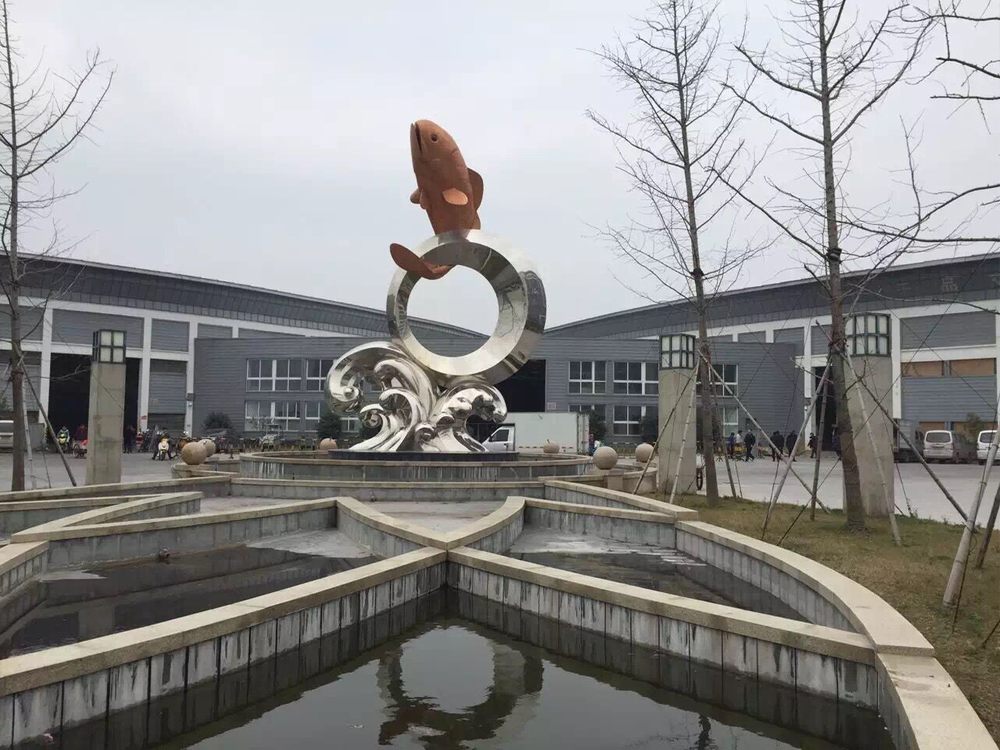
Creating bronze sculptures for extreme cold climates presents unique challenges that require careful planning and material expertise. The primary consideration is the metal's response to thermal contraction, as bronze can become brittle in sub-zero temperatures. Artists must select alloys with higher tin content, which improve cold-weather durability while maintaining workability.
Protective patinas play a crucial role in preventing corrosion from freeze-thaw cycles and road salts. Multiple layers of specialized wax or lacquer formulations designed for low-temperature performance should be applied. Structural engineering becomes critical—hollow casting techniques with reinforced internal supports help accommodate material movement without cracking.
The sculpture's installation demands special attention to frost heave; deep foundations below the frost line and flexible mounting systems prevent shifting. Regular maintenance schedules should account for seasonal temperature extremes, with inspections focusing on stress points after particularly cold periods.
Artists working in arctic regions often incorporate design elements that account for snow accumulation, ensuring the sculpture's form remains visible and structurally sound under heavy snow loads. By addressing these factors, bronze sculptures can maintain their artistic integrity while withstanding decades of extreme cold exposure.

